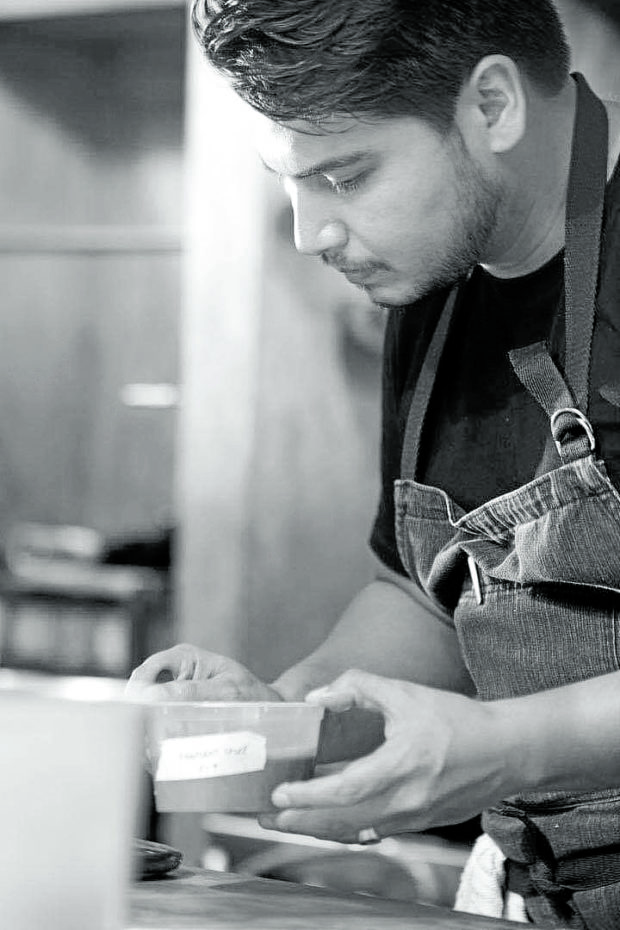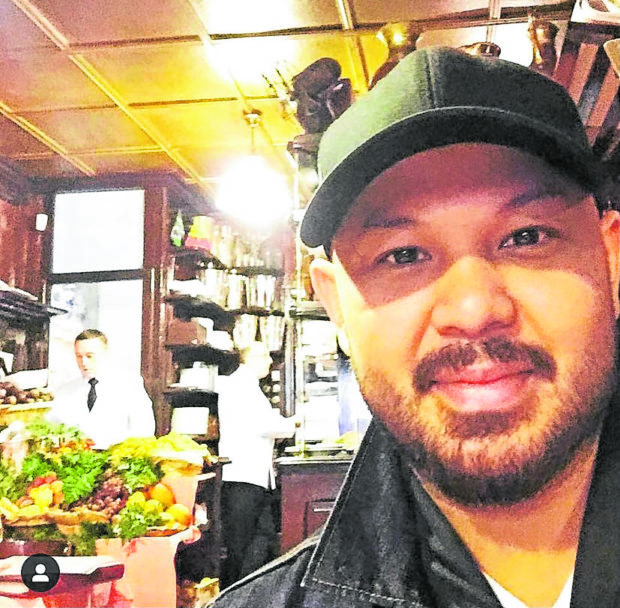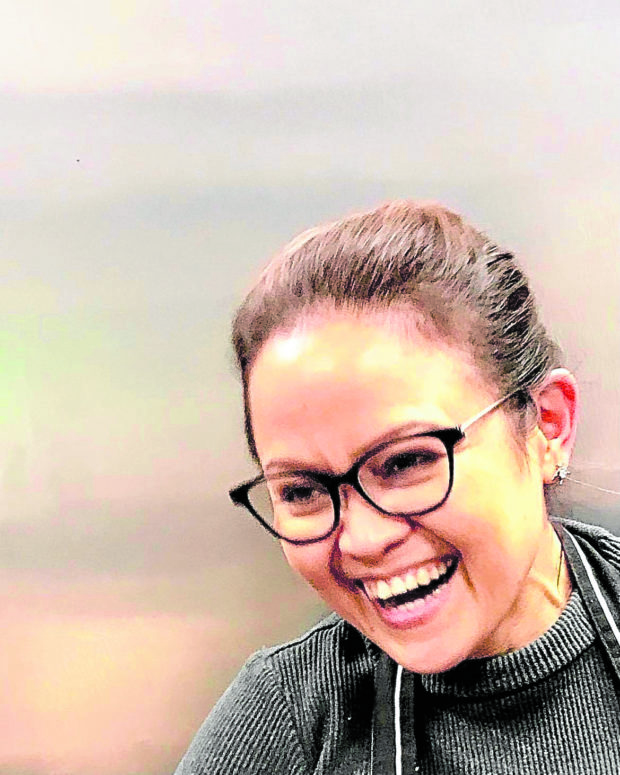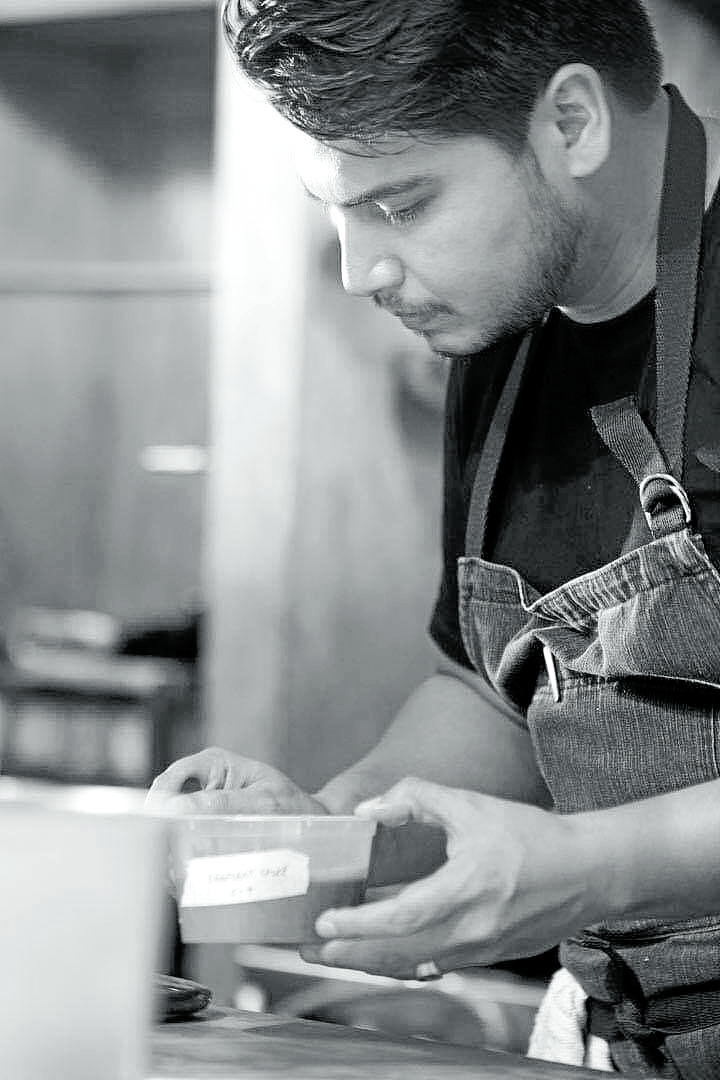
In two days, we will once again be commemorating the declaration of Philippine independence from Spain. We’ve been celebrating our freedom for 122 years now, and while the government typically holds activities to remember it, there are many other ways we can show our patriotism and pride in being a Filipino.
Among them is to participate in the activities of #DamaKoLahiKo, a campaign spearheaded by fashion designer Len Cabili, known for her Filip + Inna clothing with indigenous weaves, that aims to acknowledge and honor local heritage and culture by tapping into our five senses.
Calls to action such as displaying the national flag in our homes or posting photos of Filipino specialties and delicacies on social media are encouraged. In line with the sense of taste, talks and cooking demos will also be held on kakanin.
Friends in the food industry here and abroad also shared how they can profess their love for our cuisine in different ways.
“I think that anyone who cooks Filipino food with dedication, passion and to the best of their ability, and shares it with pride, is, in a way, nationalistic. From the humble barbecue stand, to the fancier sit-down restaurant—but that’s from a cook’s perspective. I think we can generalize it even further to being proud of simply serving or sharing your favorite local dish with people. You are proudly sharing a part of who you are and where you are from.”
—Stephane Duhesme, chef/owner of Metiz Modern Filipino Restaurant
“Aside from promoting Filipino cuisine, I try to make cooking accessible to Filipinos by teaching recipes through my ‘Simpol’ YouTube channel and cookbook series. I really want Filipinos to cook better food by making the right food choices, by buying what is local and affordable, and by making it delicious no matter how simple it is. I attempt to teach resourcefulness, creativity for sustainably. Everyone needs to eat well, even the less fortunate.”
—Myke Tatung Sarthou, cookbook author and content creator
“I’ve been walking the talk the past 30 years or so. Not only did I push and write about Filipino cuisine, but I also practiced what I preached, cooking and serving it in Bale Dutung. I use mainly local ingredients, supporting our producers and farmers. How nationalistic can one get?”
—Claude Tayag, food writer and chef-owner of Bale Dutung
Inclusive
“When we eat local, we help create a sustainable ecosystem that benefits farmers, purveyors and cooks. Combining this with salu-salo, the concept of convivial eating, celebrates our commensality in more ways than one, because it is inclusive and crosses the boundaries of gender, age, race, educational attainment, social standing and religion. With this, we can build food literacy among our people that will strengthen our food memory. We must remember that without memory, there will be no society. And a nation without a culinary memory is a nation without a soul.”
—Ige Ramos, cookbook author and designer

“By continuing the recipes of my ancestors. Keeping those alive yet making them my own, then sharing them with the world. It brings me so much joy when I see people, especially non-Filipinos, enjoying and appreciating the same food I enjoyed growing up. I feel that my job is done at that point.
“But there’s still such a long way to go for Pinoy cuisine. I’d like to see the day when our cuisine becomes top of mind when it comes to Asian food. Part of showing nationalism means working toward that goal in whatever way I can.”
—Anton Dayrit, chef-owner of Tradisyon in New York
“I show my nationalism in my food through the use of spice and vinegar to create a balance which Filipino food is amazingly known for. Also, by using Western techniques to replicate, and the finishing touches to authenticate.
“My version of sisig is to slow-cook the pig’s head until tender. Then I shred it up, skin and all, then season with white pepper, salt and chili flakes. Press overnight. Then I make an intense pork soup and flavor with fresh garlic, onion and red chili. Then I season it all up with dark soy and finish with Datu Puti.”
—Patrick Leaño, executive chef of Burnt Ends in Singapore

“Since settling in the Seattle area, my not-so-secret self-indulgence has been driving however many miles to an Asian grocery so that I can restock my dedicated Filipino kitchen drawer at home. When I have a craving, I make my Pinoy favorites from scratch and, of course, end up with too much that finds its way to my young new friends at work who have sampled polvoron, ensaymada, pan de sal, pichi-pichi, cassava bibingka, buko-lychee sherbet, and turon.
“And, because once a teacher, always a teacher, the treats are accompanied by a lecture on Philippine flavors, culture and tradition, whether they ask for it or not.”
—Peachy Juban-Notter, pastry chef of Dote Coffee Bar in Washington, DC INQ














































